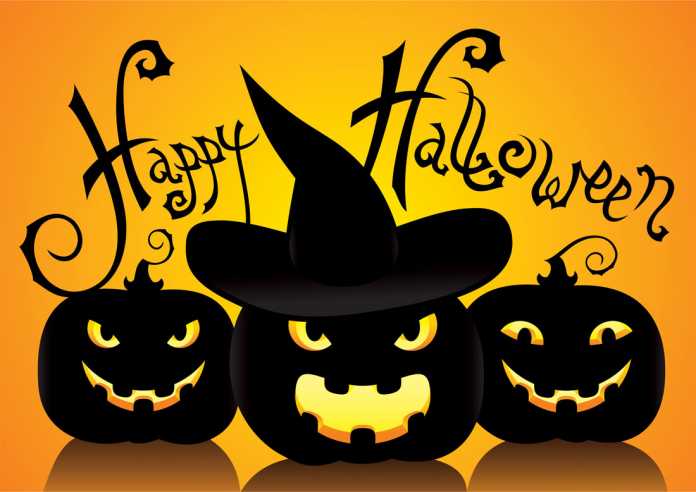The festival of sweets, candies, pumpkins and scares is here, and we couldn’t help but wonder how it all came to be. It definitely didn’t start with all the pomp and glory it comes with today. Turns out, it was more of a ritual than a celebration. For those of you who’d like to know more about the history of the spook-fest that Halloween is, here’s a little something to satisfy your curiosity –
The origin of Halloween can be traced back to the pre-Christian, or pagan, religion of the Celts, the original inhabitants of the British Isles, as well as parts of France and Spain.
The Celts held a feast called Samhain – a celebration of the harvest, which the end of summer and the beginning of winter. Samhain was separated by six months from Beltane, an observance of the beginning of summer, which took place on May 1 and is now known as May Day. Because Samhain led into the winter season, the feast was also seen as an opportunity to remember those who had gone before.
I was during this time that the Celts believed the bridge between the living and the dead was narrower, and that spirits of the dead could walk the Earth. Bonfires were lit to ward off the anticipated winter darkness, but also to sacrifice livestock and crops as offerings to the gods and spirits.
Many of the modern-day practices of Halloween were influenced by Christianity. Halloween coincides with Christian celebrations honoring the dead, namely All Saints’ Day – a day to honor martyrs who died for their faith and saints, and All Souls’ Day – a day to remember the dead and to pray for their souls.
Since then, Christian and pagan traditions began to merge. In England, All Saints Day came to be known as All Hallows Day. The night before became All Hallows Eve, or Halloween as it is now universally known.
People light bonfires on Oct. 31, especially regions where the Celts originally settled. In Ireland however, bonfires are lit on Halloween and in England, the bonfire tradition has been transferred to Nov. 5, a day known as Guy Fawkes Day and commemorates the Gunpowder Plot led by Guy Fawkes, to blow up the Houses of Parliament in 1605.
There are other practices that continue today. In England, for example, one of the practices on All Hallows Eve was to go door to door begging for small currant biscuits called soul cakes, which were offered in exchange for prayers. While not all scholars agree, it is part of popular belief that this practice is echoed in the modern tradition of trick-or-treating.
In Ireland, people would walk the streets carrying candles in a hollowed-out turnip, the precursor of today’s jack o’lantern, or the carved pumpkin.
Halloween made its way to the United States in the 1840s, when waves of immigrants from the Celtic countries of Ireland and Scotland arrived. These immigrants brought with them traditions of Halloween, which include dancing, masquerading, fortune-telling games and the practice of parading the neighborhood asking for treats, such as nuts and fruits and coins, in some places.
By the late 19th century, stores began offering commercially made candy for Halloween. The North American observance of Halloween also included everything from minor pranks to vandalism, and a lot of drinking. By the early 20th century, however, many municipalities and churches attempted to curb this behavior by turning Halloween into a family celebration with children’s parties and, eventually, trick-or-treating as we know it today.
Today Halloween has become a multi-million-dollar industry. Candy sales, costumes, decorations, seasonal theme parks, annual television specials and October horror movie premieres, you name it. Americans go all out with their Halloween celebrations!
On the other hand, some people reject Halloween because of its pagan origins and its apparent association with witchcraft and the devil. Some even perceive it as primarily for children.
Nevertheless, whether you see it as a children’s holiday, a sacred ritual, a festival, or a night of mischief and partying, Halloween has become an integral part of a number of cultures around the world, particularly that of North America.





























